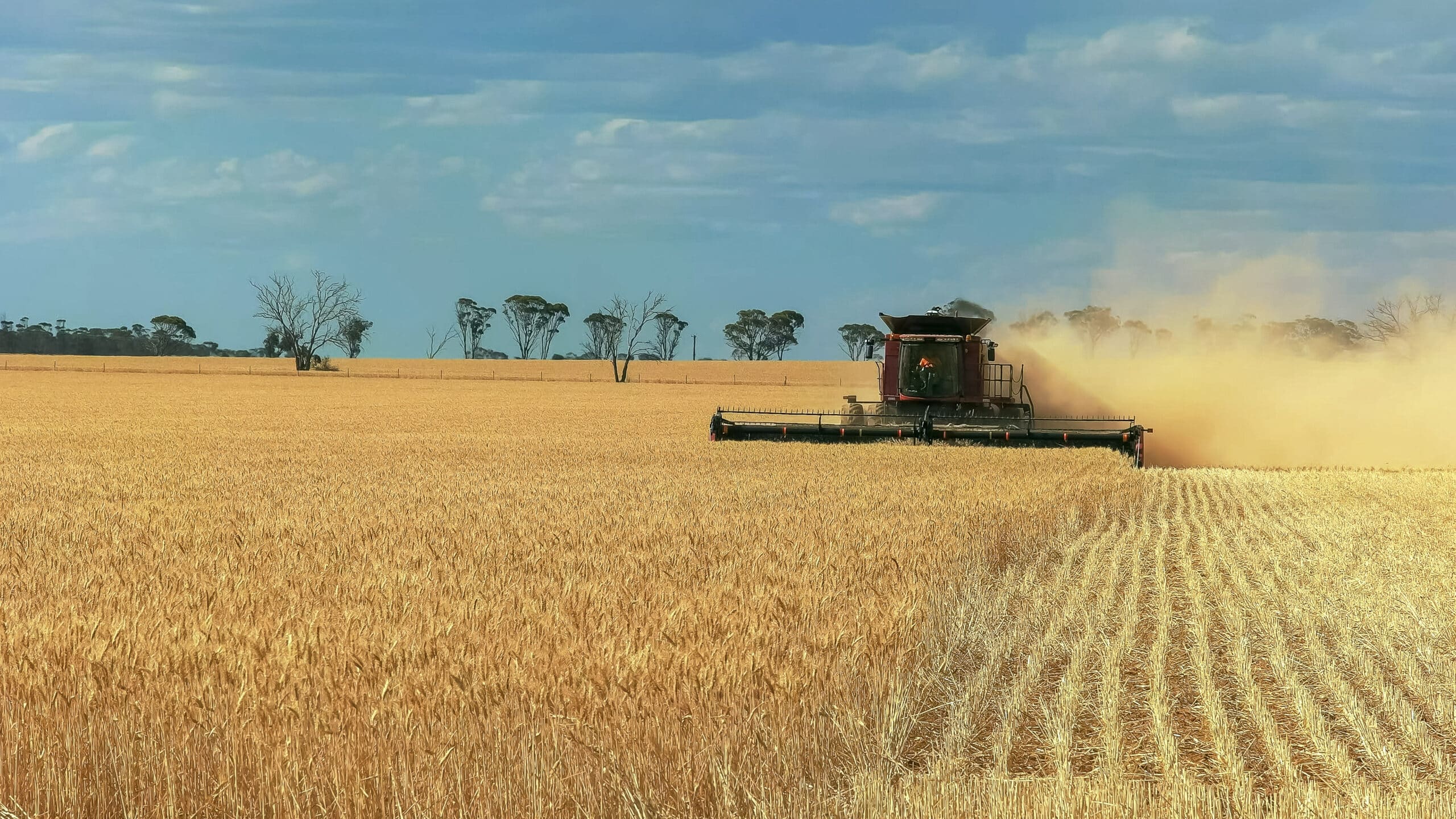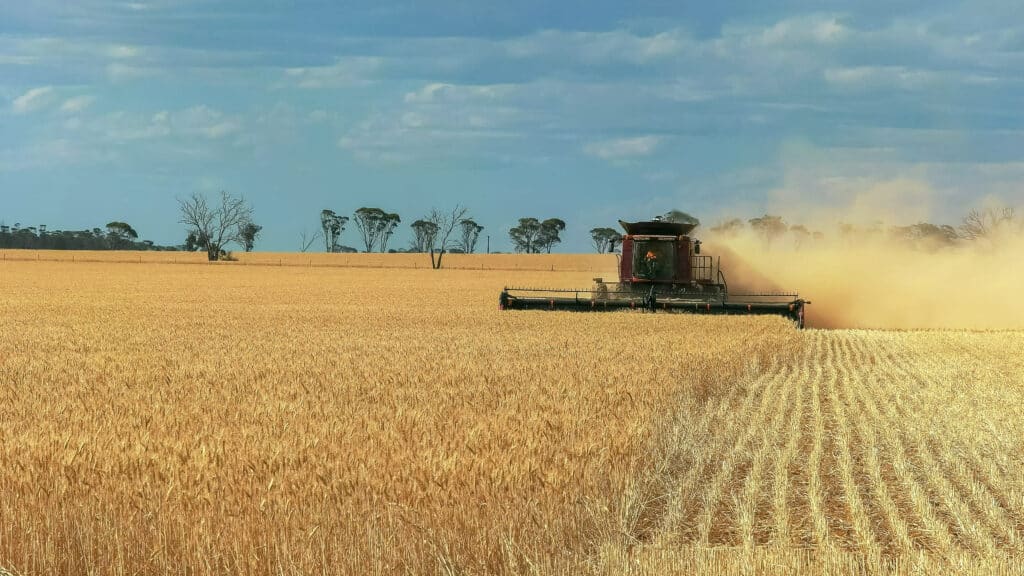
Trusted By All
50K+
Customers
65
Loads
22
Brokers
10+
Years of Experience
The Daily Bale

Natasha Post, Author
TractorTransport.com
Understanding Alternative Farming Systems
For the longest time, industrial agriculture has been the primary way of producing food. However, this type of agriculture embraces the growth of the same crops year after year using huge amounts of chemicals, pesticides, and fertilizers. These pesticides end up damaging the soils, air, water, and even the climate in general. As such, it’s not sustainable because it degrades the resources that it depends on.
Alternative farming systems refer to farming practices that are different from those in conventional farming. An example of what can be considered an “alternative” is farming that does not heavily rely on inorganic fertilizers as the main source of soil fertility. Alternative farming systems need to be sustainable both economically and ecologically, or they won’t help the farmer.
The use of alternative farming systems aims at meeting society’s current need for food and textile without compromising the ability of the future generation to meet the same needs. Alternative farming systems still require transport all across America.
Methods of Alternative/Sustainable Farming Systems
Alternative farming systems can be implemented in several ways. Below are some of them:
Biodynamic Farming
In biodynamic farming, farmers are encouraged to manage their farms as living organisms. It involves raising animals such that they replenish soil fertility and enhance plant growth. This method of farming aims to create a resilient ecosystem that benefits both humans and living organisms. Biodynamic farming also encourages generating the necessary soil fertility on-site rather than using fertilizers. Farmers are encouraged to embrace practices like planting cover crops, rotating complementary crops, and using animal manure.
Urban Agriculture
Urban agriculture is the growing or production of food in a city or a highly populated place. There are several innovative and sustainable techniques to farm in cities, such as growing on backyard farms, vacant lots and parks, rooftop farms, and urban greenhouses. The products from urban agriculture are for commercial purposes rather than just personal use. Urban agriculture helps save on food transportation costs thus is a financially viable option. Additionally, growing food in urban areas helps reduce fossil fuel consumption, thus helping conserve the environment.
Polycultures and Crop Rotation
This method involves growing several crop species in one area. The species are meant to complement each other. Besides, it makes it possible to produce a greater diversity of products from one plot. High biodiversity increases system resilience to changes in weather conditions, encourages soil conservation, and promotes a balanced diet.
Natural Pest Management
One of the primary reasons for sustainable agriculture is to prevent the use of synthetic pesticides and any other chemicals in controlling pest infestations and pathogens. Instead of using chemicals, it focuses on natural solutions that do not favor pests nor adversely affect our health. Some of the natural solutions that have been proved to work include intercropping and crop rotation. Intercropping attracts different insects that finally predate on each other, thus mimicking a natural ecosystem.

Reasons Why Alternative Farming Is Vital for Food Security
Nourishes and Restores the Soil
Conventional farming and equipment transport is characterized by heavy tillage and heavy use of fertilizers to increase farm output. The fertilizers interfere with the soil ecology in addition to affecting our health. On the contrary, sustainable agriculture nourishes the soil and keeps it free from toxic compounds harmful to humans, animals, and pollinators. With healthy soils, plants can endure drought, diseases, and pests because they have the required minerals to build resilience.
Saves Energy
Conventional industrial farming is one of the major sources of greenhouse gas emission worldwide. This can be attributed to heavy reliance on energy-intensive machinery. Sustainable agriculture uses very little energy as it embraces the use of less energy-intensive production tools and adopts smart farming. As a result, it is a great way to combat climate change as it does not contribute much to greenhouse gas emissions.
Stable Food Supply
Industrial farming usually consolidates farms into big corporations, which then offer economies of scale to individual farmers. If something happens to these corporations that hinders, stops, or even delays food production, it is likely to affect food security. On the other hand, sustainable farming tends to decentralize production, thus limiting the chances of food insecurity.
Conserves and Protects Water
Conventional farming uses lots of water to irrigate vast tracts of land. However, in sustainable agriculture, a lot of emphasis is put on preserving water through different techniques such as drip irrigation, mulching, and planting perennial crops. This approach also embraces practices that ensure water bodies are not polluted.
Benefits of Alternative Farming Systems
- The use of urban farming methods and fewer fertilizers saves on energy consumption.
- It makes it easy to access healthy fresh food
- Increases production of various crops
- Helps conserve the environment as it does not cause a lot of pollution.
- It prevents soil erosion